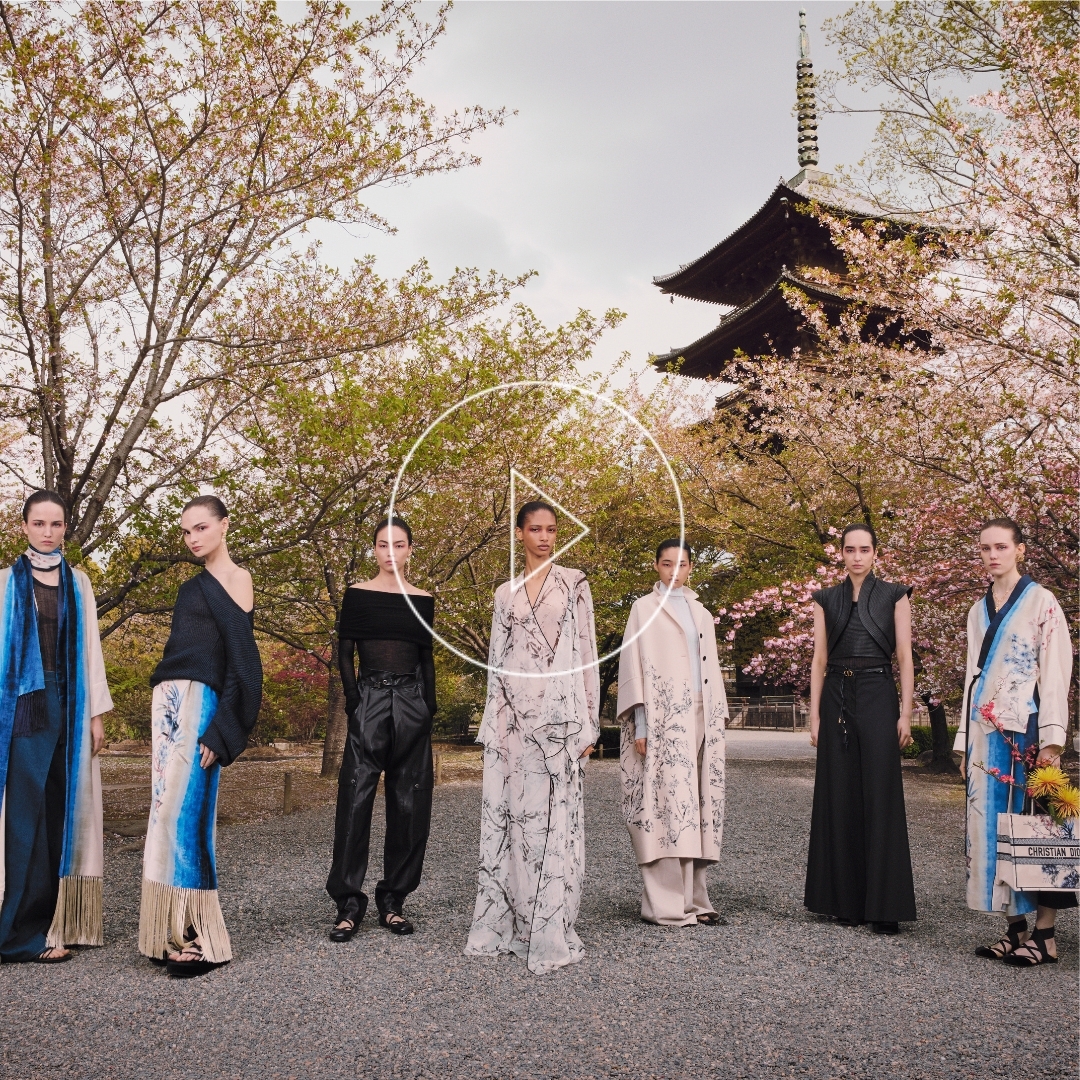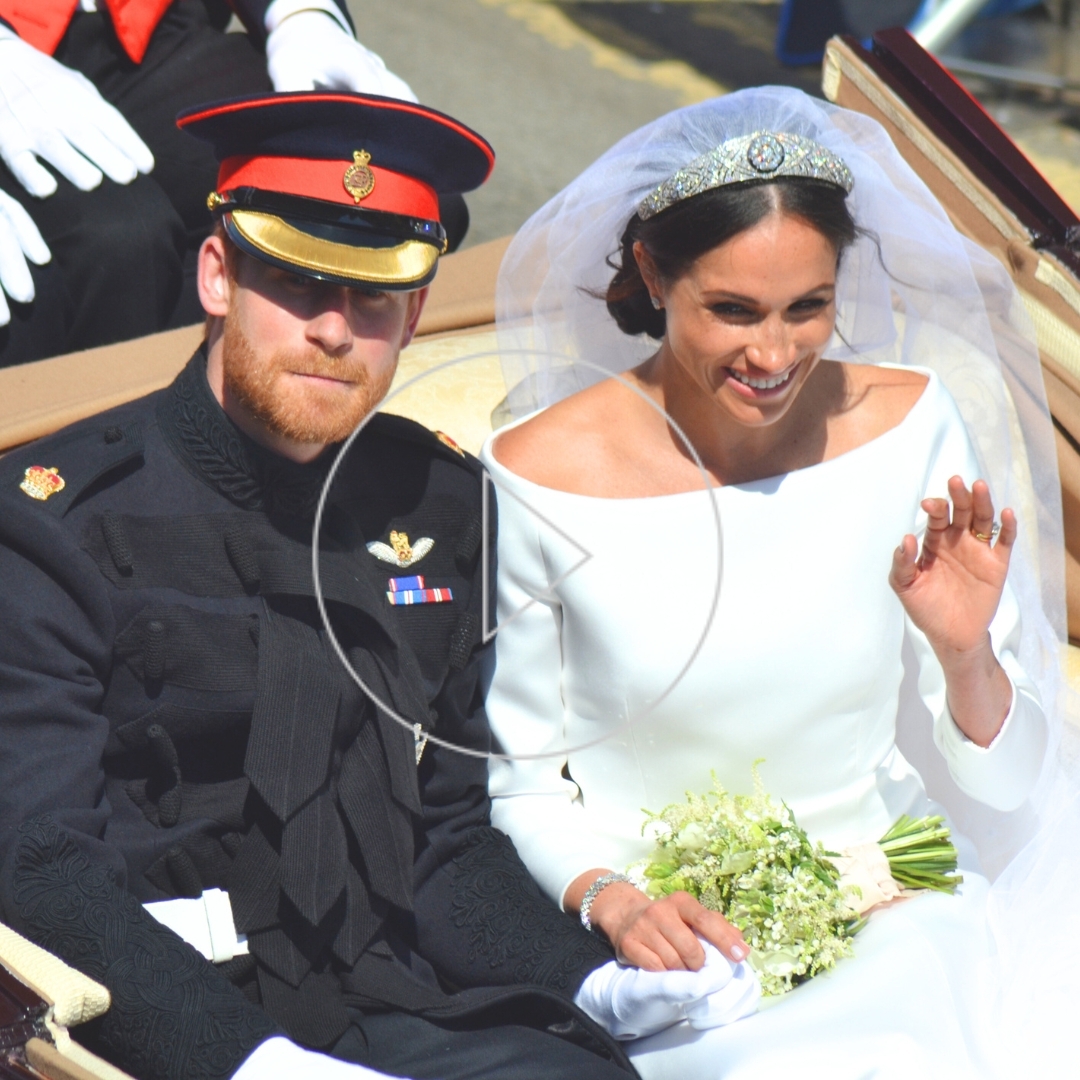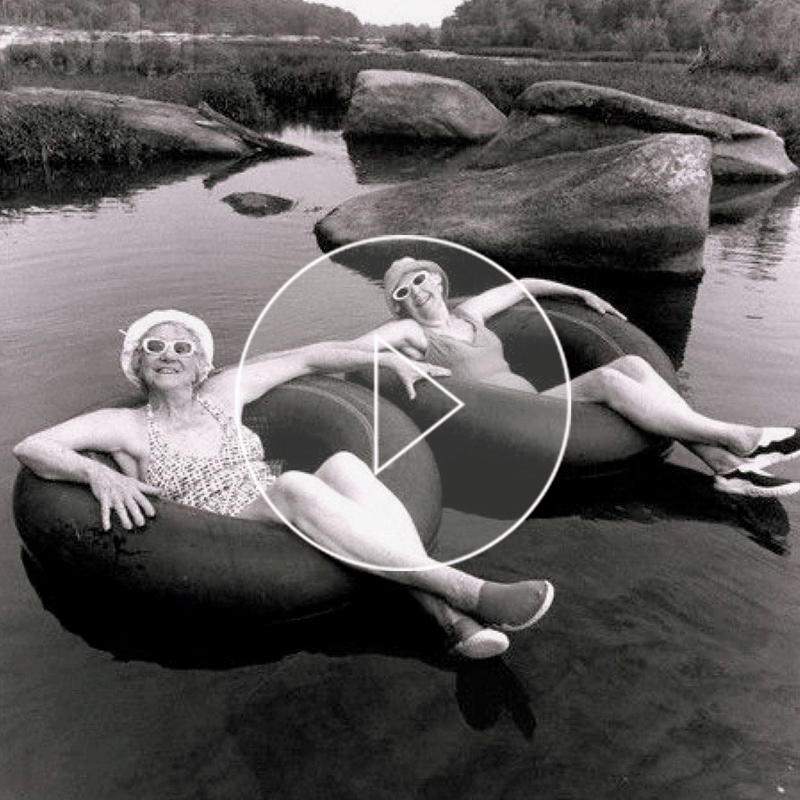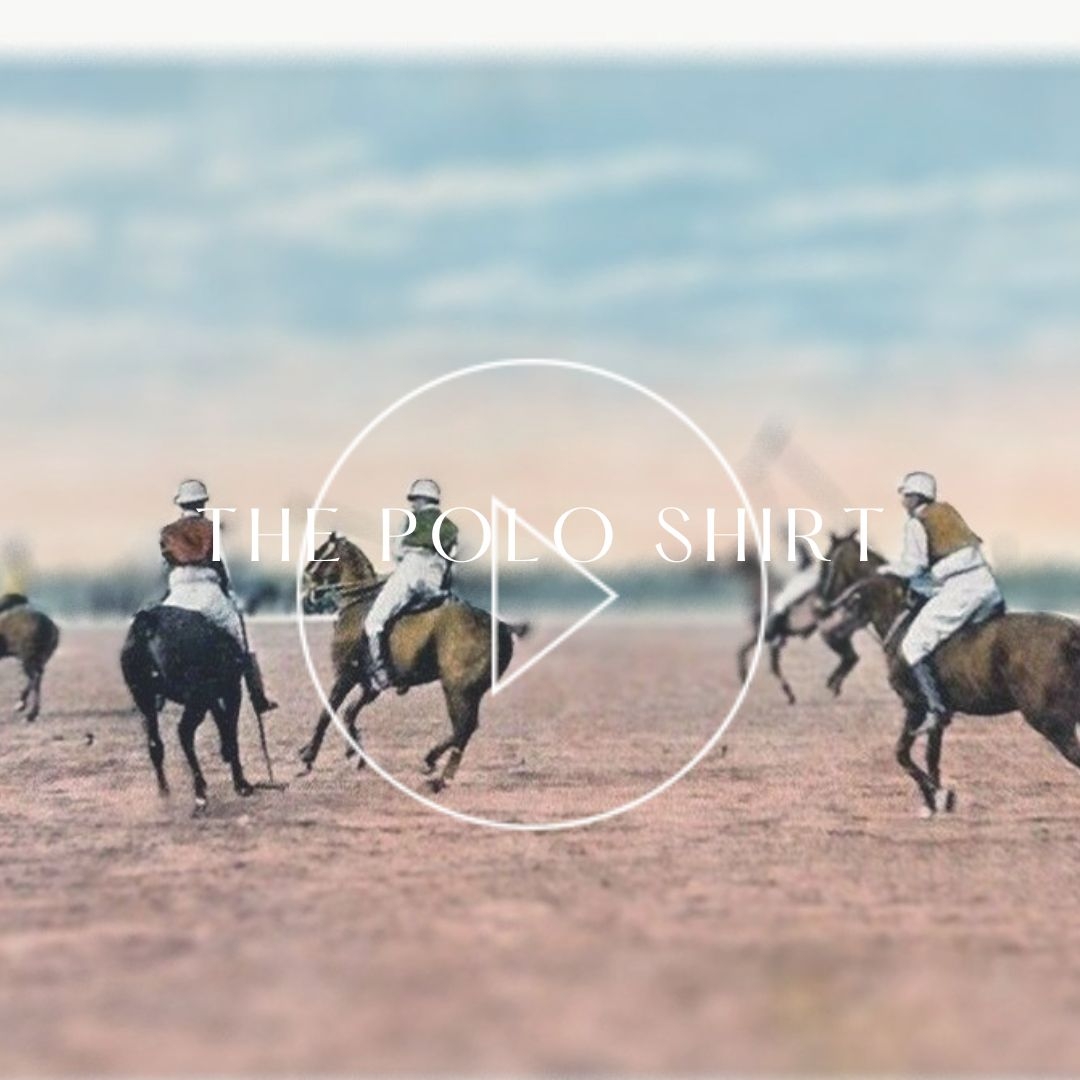The Story Behind the Slave Bracelets – From Slavery to Freedom.
From slave trade money to a symbol of freedom
Slave bracelets are bangles in copper, silver or gold. They have been worn for centuries around the world, usually several at the same time. Besides being beautiful and making a lovely clinging sound when you move, they are also a symbol of wealth and status, which is quite ironic, considering the story behind the origin of the slave bracelets.
West African Slave bangles
As you may imagine because of the name, the use of these bangles is closely linked to the trade of slaves to the Americas. Women in the West African coast used to wear the horseshoe-shaped bracelets in copper. These jewels, called “manillas”, came usually embellished with balls on each end. The Portuguese slave merchants began producing these bangles to use them as a form of currency. This is when the bracelets became known as “slave trade money”. Europeans took the slave bracelets they’d created to Africa. They used them to purchase the captive people they would take as slaves to the Americas and Europe. The West Africans, on the other hand, used the slave bangles to buy food or pay for the “bride money” or burials.
With abolition, the British prohibited the slave trade money, which was a reminder of the terrible times of slavery. They introduced the British West African currency to replace the bangles. Also, they melted most of the slave bracelets to turn them into useful things. The Africans who had been captured by their fellows and sold to Europeans in exchange of slave bracelets, once free and prospering, started buying bangles to give to their loved ones on special occasions such as baptisms, engagements and weddings, as a reminder that they were never to be sold again. So, these bracelets became a symbol of something even more valuable than their acquired wealth; it symbolised their freedom!
Indian Slave Bangles
Slave bracelets have been popular in India too, where they also call them “hand flower”. The Indian slave bracelet has some chains attached to it. Usually, the chain links the bracelet to the rings that go on each finger. It is a hand-ornament more than only a bracelet. In fact, the hand-flower is typical bridal jewellery, representing the bonds of marriage and the wealth of the family. But these slave bracelets are also known in India as belly dancer bracelets or harem bracelets, pointing out the slave-condition of women in harems.
The Caribbean and Latin American Slave Bangles
The slave bracelets came with the Indian migration to the Caribbean, and then to South America. It became a custom to give newborn girls and boys gold or silver bangles to wear until they outgrew them. Additionally, adult women also wore several bracelets to show off their husband’s wealth. Bangles are still quite fashionable in several countries.
Should we keep calling them Slave Bangles?
I would much rather call these bracelets Freedom Bangles or Love Bangles instead. I think they’re now a reminder that one should never be traded for money or be taken as property. When you give one of these bracelets to your child or your loved one, it says that it is your love, and not ownership, that will keep you eternally linked to them.
SHARE




















